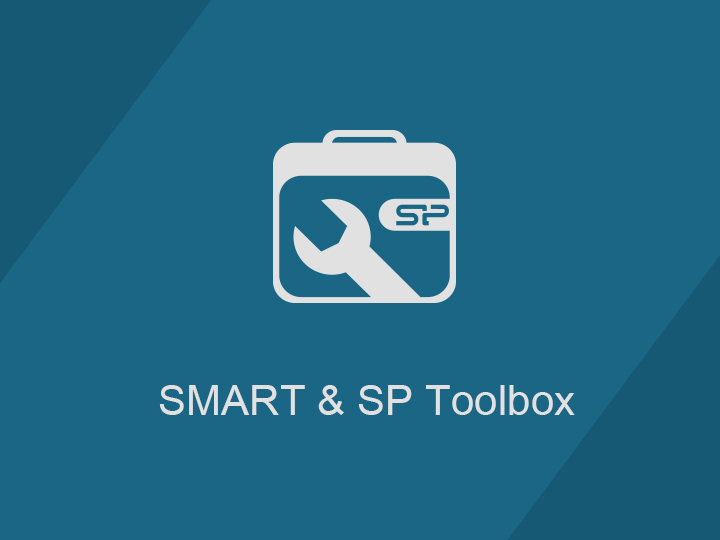 Australia
Australia Bangladesh
Bangladesh Cambodia
Cambodia China
China HongKong
HongKong India
India Indonesia
Indonesia Japan
Japan Korea
Korea Malaysia
Malaysia Mongolia
Mongolia Myanmar
Myanmar Nepal
Nepal New Zealand
New Zealand Pakistan
Pakistan Philippines
Philippines Singapore
Singapore SriLanka
SriLanka Taiwan
Taiwan Thailand
Thailand Vietnam
Vietnam Austria
Austria Belarus
Belarus Belgium
Belgium Bosnia
Bosnia Bulgaria
Bulgaria Croatia
Croatia Cyprus
Cyprus Czech Republic
Czech Republic Denmark
Denmark Estonia
Estonia Finland
Finland France
France Germany
Germany Greece
Greece Hungary
Hungary Iceland
Iceland Ireland
Ireland Italy
Italy Kazakhstan
Kazakhstan Kosovo
Kosovo Latvia
Latvia Lithuania
Lithuania Macedonia
Macedonia Malta
Malta Netherlands
Netherlands Norway
Norway Poland
Poland Portugal
Portugal Romania
Romania Serbia
Serbia Slovakia
Slovakia Slovenia
Slovenia Spain
Spain Sweden
Sweden Switzerland
Switzerland Turkey
Turkey Ukraine
Ukraine United Kingdom
United Kingdom
S.M.A.R.T stands for Self-Monitoring, Analysis and Reporting Technology. It is a monitoring system used for early error detection in flash storage like solid state drives (SSDs). SSDs use flash memory made from NAND chips. Moving electrons lets NAND chips read and write data, but it has limits. Repeated writing reduces how long the drive will last.
The SMART system checks the drive's health and reliability. It monitors things like how many times data has been written and rewritten in different areas of the drive. From these checks, you can estimate how long the SSD will continue working before it might fail. The SMART attributes provide information to predict the remaining lifetime. This helps know when it may be time to replace the drive to avoid losing data in the future.
SSD endurance is estimated using two factors: total bytes written (TBW) and drive writes per day (DWPD). The equations for calculating these are:
Total bytes written (TBW) equals the physical capacity multiplied by the NAND program/erase cycles, divided by the write amplification factor and the wear leveling factor.
Drive writes per day (DWPD) equals the total bytes written in gigabytes divided by the usable capacity in gigabytes, divided by the warranty period in years multiplied by 365 days.

Specifically developed for industrial flash products, SP SMART Toolbox is an intuitive utility application with powerful monitoring and configuration features. This tool provides everything needed for users to easily change settings and efficiently track product health over time.
All of SP Industrial's SSDs assume a wear leveling factor of 2 when calculating TBW and displaying health status and usage data via SP SMART Toolbox.
SP SMART Toolbox also shows detailed SMART attribute information for further offline analysis if needed.
A command line version is also available upon request for customers who prefer that interface.
